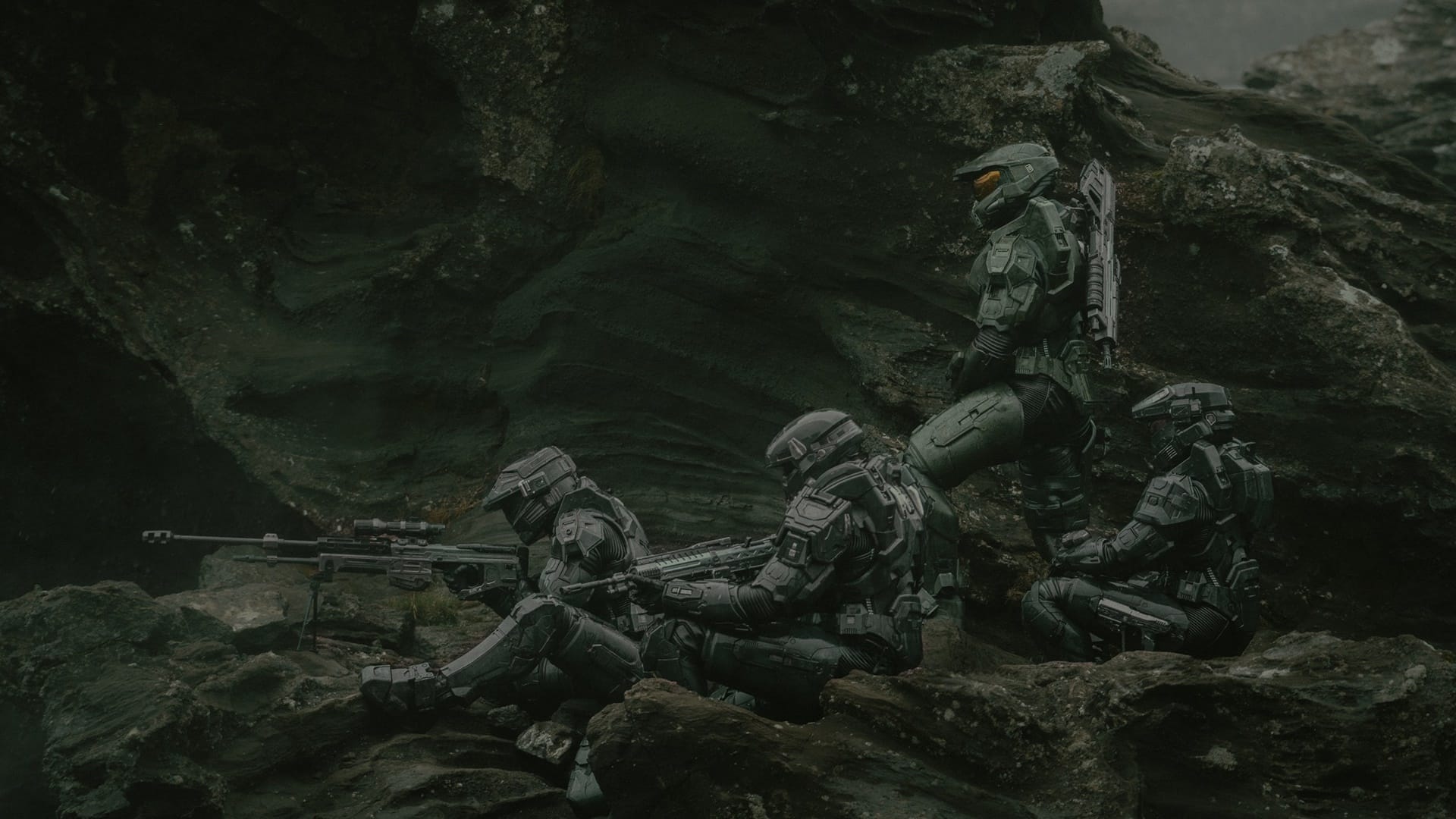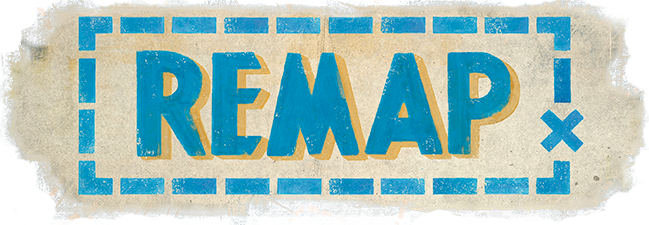After a few episodes, Halo’s new season felt like it was off to a stronger start than it was in its freshman season, and it showed a lot of promise. Unfortunately, when it comes to a second season, talking about promise also implies a lack of delivery. In fact, I’m worried that is just going to end up being the show’s entire identity: not bad, but constantly feeling like it might be good someday.
The season premiere highlights a lot of the show’s issues, even though it got me more excited than the first season ever did. It opens with the Spartans working security for the United Nations Space Command (UNSC) as they forcibly evacuate a colony. However, the UNSC’s history as the jackboot on the necks of humanity’s outer colonies is making the task impossible. You see how lost the rookie UNSC troopers are as they realize they’re the “bad guys” to a lot of the people they’re there to help, and how their high-handed officers only confirm the colonists in their belief that the UNSC is mostly interested in reasserting control over its erstwhile subjects. However, Master Chief/John-117 has to check on a marine communications outpost that has stopped responding and plunges into an eerie fog. He’s following a trail of breadcrumbs soldiers have left behind before discovering what’s left of their unit huddling in a circle, convinced they are surrounded by Covenant.
The whole sequence is tense and spooky, and it culminates in the spectacular planetary-scale destruction that the Covenant has become known for as they advance on UNSC territory. As UNSC ships take off through columns of plasma liquefying the ground beneath them, I was ready to binge an entire season of this stuff.
And then… it turns back into the Halo TV series we remembered from season 1: A lot of people talking in conference rooms and offices, having circular arguments that feel like they’re just marking time until the next major plot point. One of Master Chief’s troopers has healed badly from her combat wounds and is probably unfit to continue fighting as a Spartan, so we’re going to see her struggle in multiple training sequences while multiple people tell her, “Hey you probably can’t keep being a Spartan anymore.” Chief knows the Covenant has changed tactics and has the same argument with his new superior over and over again, trying to convince him the UNSC needs to adjust, and gets ignored for the same reasons again and again.
The ex-Spartan Soren (Bokeem Woodbine) probably has the most interesting storyline as he attempts to balance his role as an outer planet pirate king against his deep desire to get revenge on the UNSC and Catherine Halsey... except he's pulled out of that story and is replaced with Kwan, the teenage girl he and Chief helped escape the Covenant and the UNSC in the first season. Now she's back without any explanation and on a mission to protect Soren's family in his absence. The story still kind of works, however, because it feels so distant from the Halo games that it can follow its own internal logic rather than try and adhere to the outline of a story that's already been told.
One can't help but suspect that one reason the show meanders so much through quieter moments that don't go anywhere is because its actions sequences pose a huge production challenge. Chief’s battle with the Covenant looks pretty good in the season premiere, but even then, it’s a carefully choreographed shaky-cam shot where everything is happening too fast to properly follow. The Covenant goes whipping in and out of frame in the blink of an eye, and the pervasive fog smacks a bit of how old shooters would hide their minuscule draw distances. It’s a bit ironic that where the Halo games made a huge impression by unfurling spectacular and alien vistas, the TV series keeps the action claustrophobic and out-of-context.

In the second episode, we get our next fight with the Covenant. It takes place in an unlit hallway, where a UNSC infantry unit gets wiped out after sending waves of soldiers into darkness to be filleted by Covenant soldiers. It’s a somewhat eerie sequence, like a less compelling remake of Aliens, but it also now feels like the Covenant war effort is suddenly focused on seizing control of vital semi-truck loading docks. It’s easy to be sympathetic to the limitations of a production like this, and not every action sequence can match what unfolds in the season premiere, but too often, Halo’s attempts to shoot around its limited capacity to depict the war only serve to call attention to how underwhelming it is next to its source material.
Yet off the battlefield, Halo is arresting in its depiction of humanity as a nest of vipers all turning against one another before a looming judgment day. The glimpses we get of the UNSC’s bureaucracy show a lot of malevolent careerists hustling to get their next promotion before they get to work figuring out what to do about the Covenant. The Spartans are also far from a band of brothers. Instead, they’re a fractious group of rival children who hate each other more than they hate any opponent, living in dread that any weakness will get them kicked out of their militarist gifted program, and deny them the attention of the state supervisors they have in lieu of parental affection. It’s just a shame Halo struggles as much as it does to tie these threads together into a satisfying sci-fi epic, rather than feeling like three different shows unfolding separately from one another.
However, the biggest problem I have is that I still don’t feel like I have a sense of who the Spartans are or the role they occupy in this universe. Master Chief is treated as a living legend by every other character, and the Spartans are such revered figures in the UNSC military that the Halo universe has an in-fiction Halo-like video game called Spartan Assault that is apparently so popular that one hapless character asks an out-of-uniform Master Chief what his KDR is as a way of breaking the ice.
Library, Zeal or Foundation tier
Subscribe at Library, Zeal or Foundation tier(s) or above to access "It's Season 2, and the Halo TV Show Still Doesn't Have a Clear Identity". You'll also get access to the full back catalog of that tier's content.
Sign up now Already have an account? Sign in